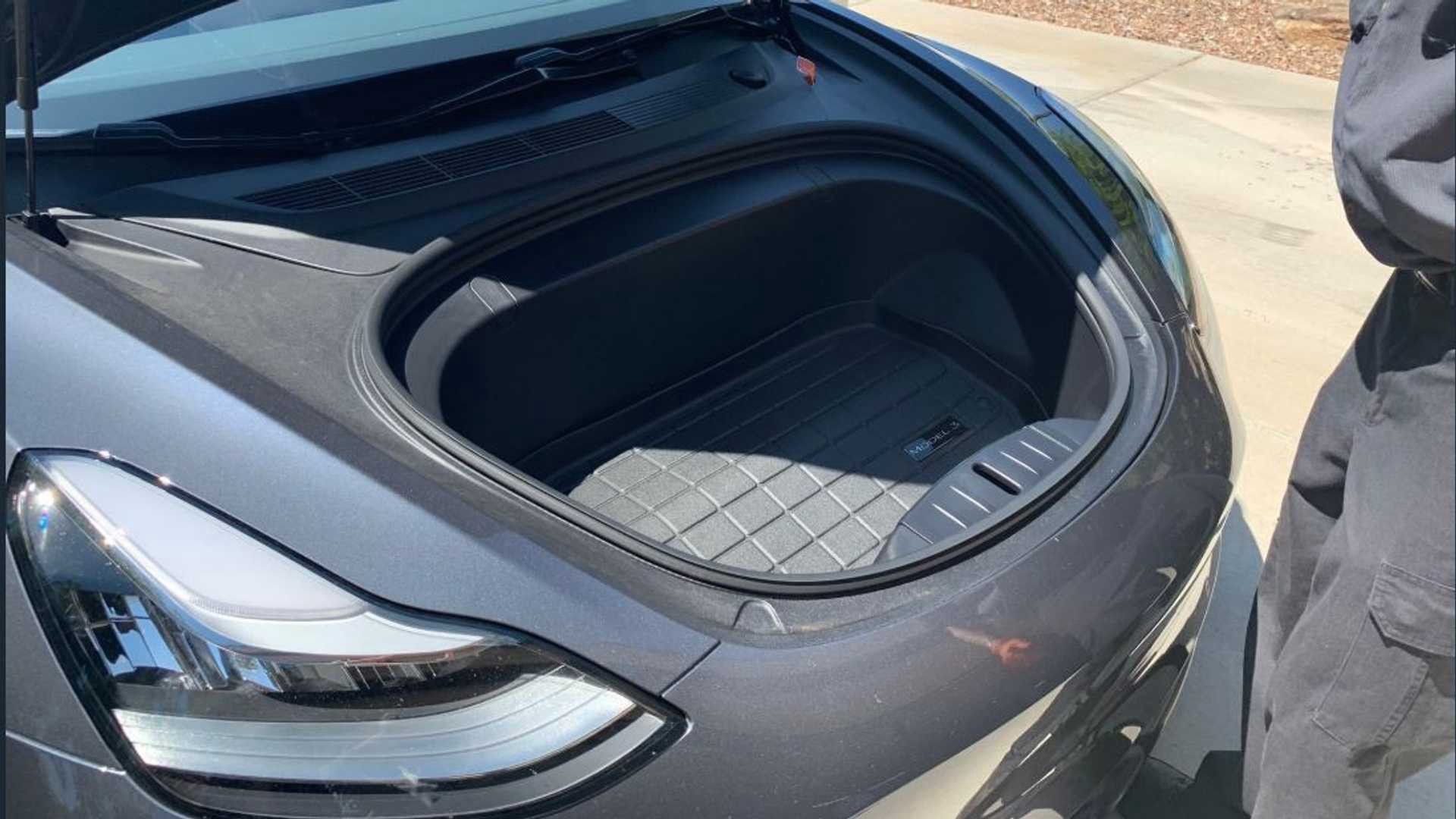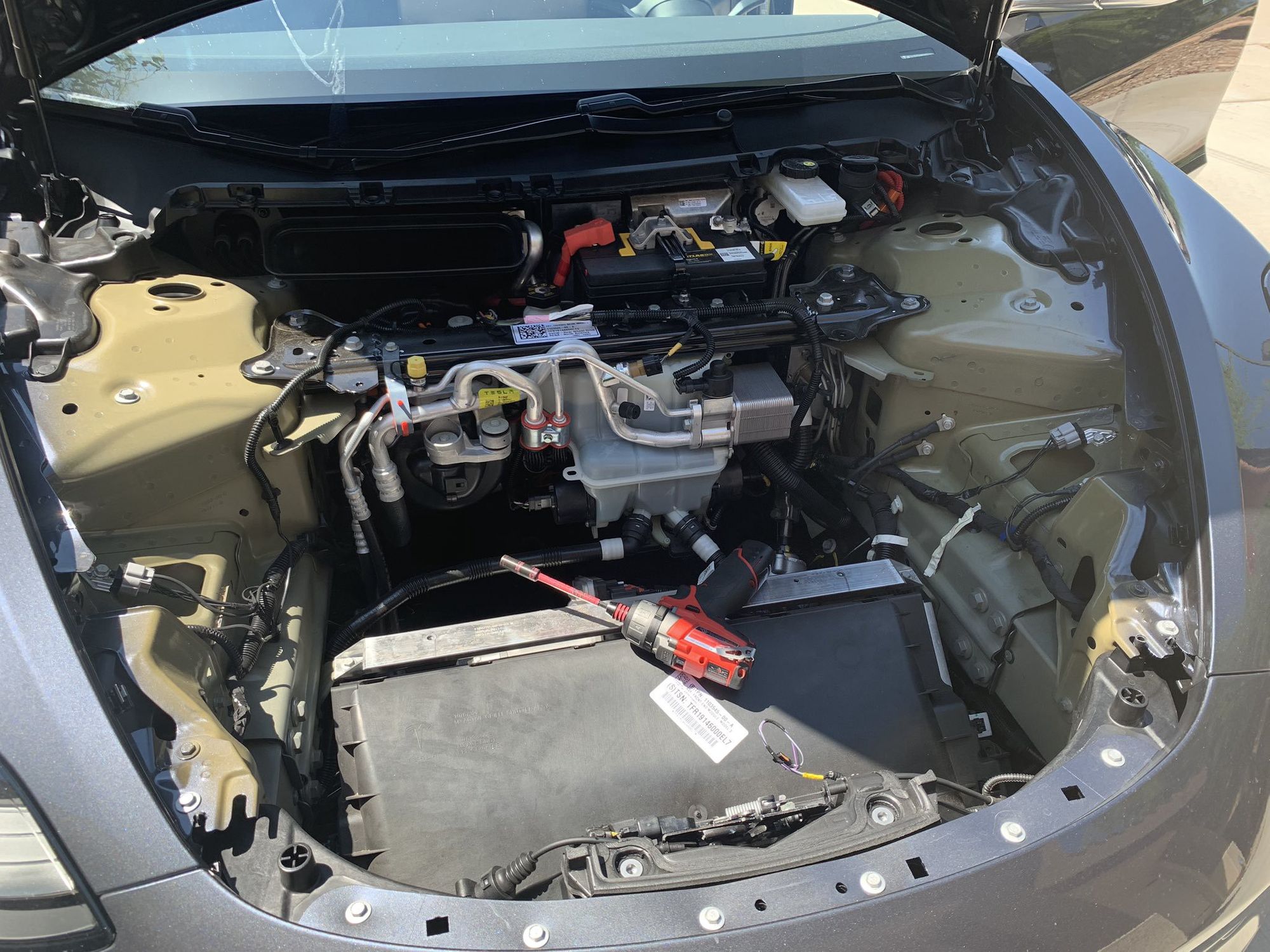The design of EVs gives many inherent safety advantages. Most of this is due to the lack of an engine and associated parts and having battery pack and other components sit low in the vehicle chassis.
Safety Ratings
Regulatory bodies are responsible to rate vehicle safety on many different factors. CleanTechnica [2018] reviewed government safety ratings in the US, Europe, Australia, and Japan, insurance data from the IIHS and vehicle fire data. They found that overall electric vehicles are safer. We will dive into specific reasons for better safety performance below.
Traction Control
A major advantage of EVs is the possibility of simpler and more responsive traction control. Most can operate with an open differential, which is cheaper and simpler than a limited slip differential often found on ICEVs. The reason EVs have an advantage over ICEVs when using an open differential because they can provide instantaneous torque, and can also precisely control rotation speed, torque and power from the motor. Both EVs and ICEVs also make use of anti-lock braking systems which pulse the brakes electronically to increase traction. Combining with software algorithms allows an EV to optimize traction to all drive wheels.
Once you look at triple or even quad-motor designs (like in Rivian R1T and R1S), the potential is for near-perfect control of each wheel independently and will blow all current traction control systems out of the water. This even enables crazy features like tank turn by spinning one side backwards and one side forwards.
Crumple Zones
In a front end collision, components enter the passenger compartment causing injury and death. In ICEVs, the engine bay is full of heavy components such as the engine block and transmission. EVs have more empty space in the front end. The front of the vehicle still houses the motor and inverter, but these are much smaller and sit lower down. Much of the front area is a void (sometimes referred to as a frunk).


This extra void acts as crumple zone, resulting in less penetration of the passenger compartment and lower risk of injury and death.
Center-of-Gravity (CoG) & Structural Rigidity
An ICEV has a heavy engine and components in the engine bay. An EV has the heavy battery pack sitting low on the floor, and the motor, drivetrain and inverter low near axle height. EVs have a lower center-of-gravity (CoG) than similar ICEVs. Having a low CoG increases handling and responsiveness and reduces the risk of flipping.
Having heavy battery components spanning the floor of the vehicle increases it’s structural rigidity, which makes for better safety in side impact collisions and reduces the risk of flipping further.
Battery Fires
One of the most emotional headlines about EV safety is around battery fires. Fires are visceral, and nobody wants to picture burning to death. When reviewing the data, it appears that this risk is low, with fire involved in 2.6% of HEV fatalities and 4.4% of ICE vehicle fatalities.
We need to step back and compare to ICE vehicles, which have tanks of combustible materials on board at all times and which are responsible for many deaths. For ICEVs, fires originating in the engine area were involved in 34% of all deaths and fires originating in the fuel tank were responsible for 14% of all deaths, with data from 60,000 annual crashes between 1999–2013 in the Fatality Analysis Reporting System (FARS).

EV fires are inherently different from gasoline and diesel fires, and responding in the same way risks injury or death to the first responder and occupants. In EV fires, the battery pack cannot be easily sprayed with fire suppressant and can re-ignite even days later. This means that once a battery pack ignites, it is more difficult to put the fire out.
There is legitimate cause to be concerned that firefighters and first responders have the special training and equipment to respond to accidents involving EVs.
There is much than can be done to improve the fire safety of EVs, including improved standard battery designs with liquid cooling, fire walls to isolate battery cells, underbody protection and advances in battery chemistry. Manufacturers are at different stages of adoption of these approaches.
Misleading Safety Claims
Tesla was facing claims of “sudden unintended acceleration” where the car would accelerate without the driver pressing the pedal. However, the National Highway Traffic Safety Administration (NHTSA) found no evidence of sudden unintended acceleration, but instead that all crashes were due to pedal misapplication.
Next, on to Maintenance!
Header image credit: Gareth Harrison
